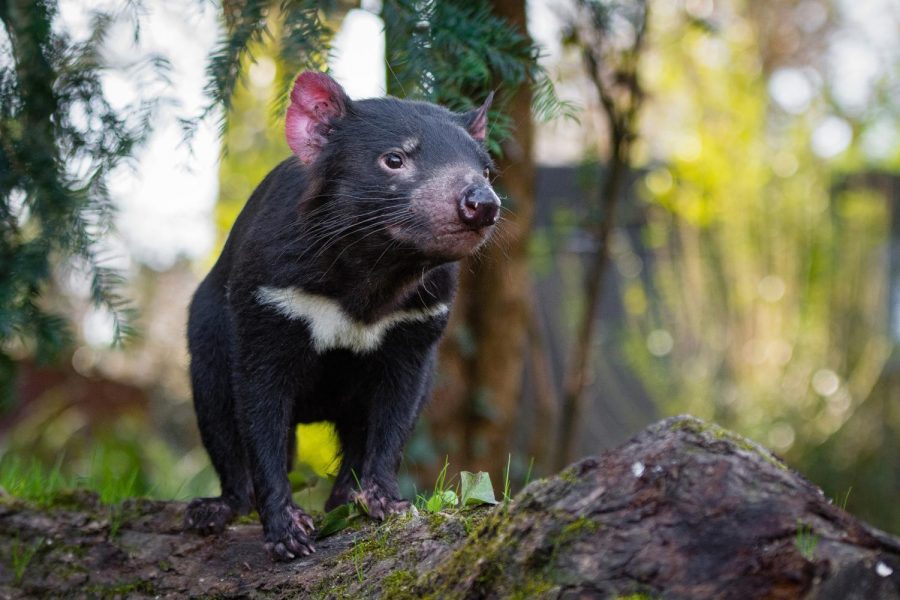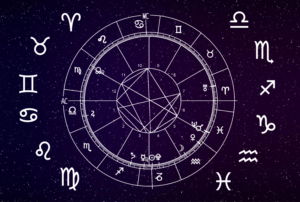Births of Tasmanian Devils hit new milestones
January 7, 2022
The Australian Tasmanian Devils are bear-like, aggressive marsupials, slowly exhausting their way to extinction. 3,000 years following the elimination of these bear devils came the birth of seven babies in their natural terrain. Tim Faulkner, president of Aussie Ark, the conservation group leading the attempt to bring back these mammals, says that the first step for the devils was to breed and survive, and they did.
But, this raises the depressing question of how long will these babies survive outside of their comfortable 1,000-acre preserve? Faulkner says their future is quite uncertain.
Originally, these animals were decimated due to a deadly facial cancer, Devil Facial Tumour Disease, which killed over 90 percent of the devil population. Decades upon decades, scientists have attempted to develop vaccines meant to make these animals resilient to the cancer.
These seven newborns strike hope for Australia’s habitat. Overpopulated feral cats and foxes have completely obliterated Australia’s native fauna and flora over the years. The Tasmanian devil’s powerful bite reduces these cats and foxes.
Tasmanian devils bred in Australia are relocated to a conservation center in New South Wales, now home to more than 150 of them. The end goal: eventually release all devils, allowing them to roam completely free. Faulkner and his team attempt to meet this goal by simulating a natural environment in the sanctuary — no direct giving of food or water.
In 2020, this goal became a reality. 26 devils were released. One year later, seven babies were found in the pouch of a released female.
The discovery of these babies was a breakthrough and a sign of hope that the endangered Tasmanian devils can make their comeback. Continuing to have a thriving population of Tasmanian devils in the wild is the common goal for these conservationists and disease ecologists.
For the first time in 3,000 years, these devils have made an impressive return — and they aren’t going anywhere.









